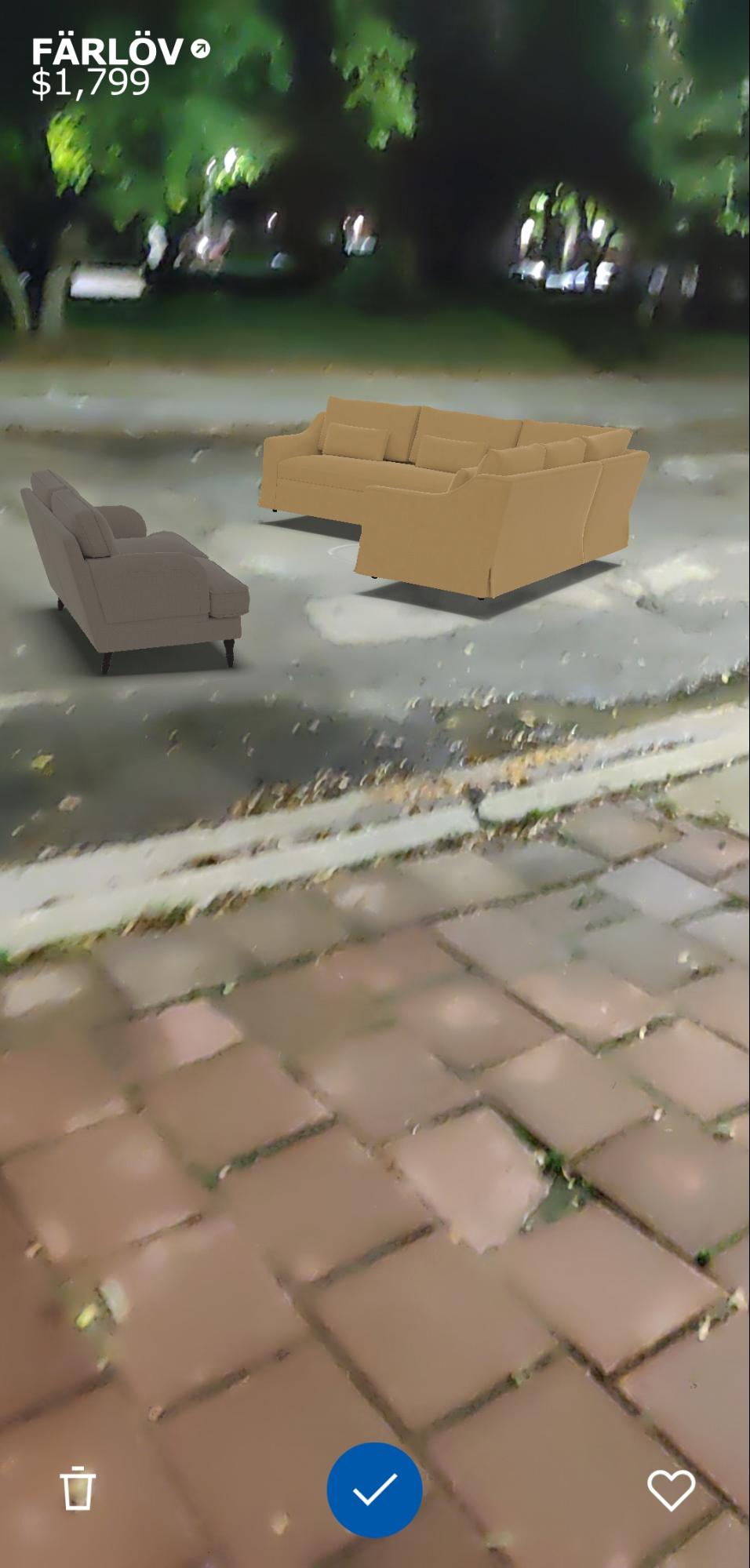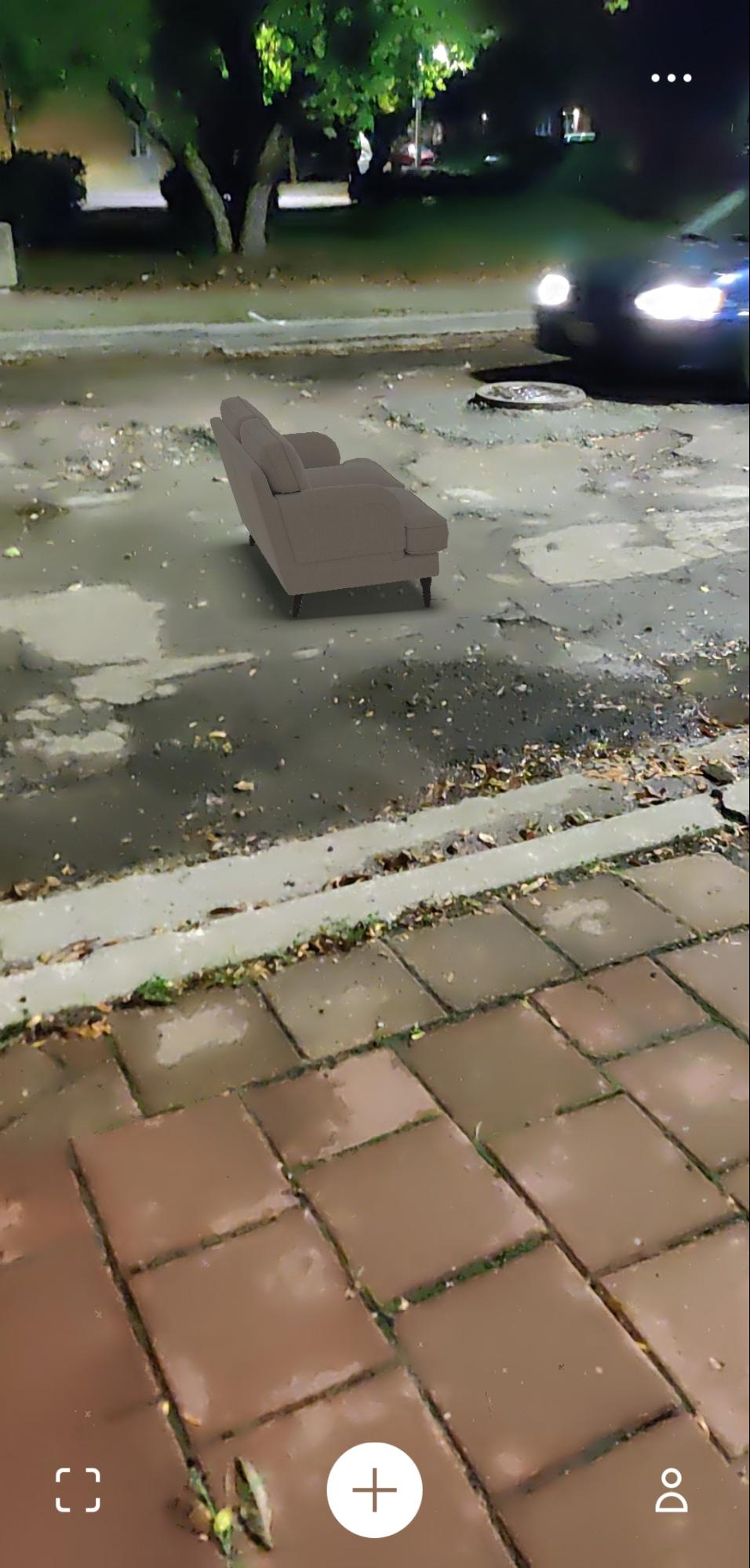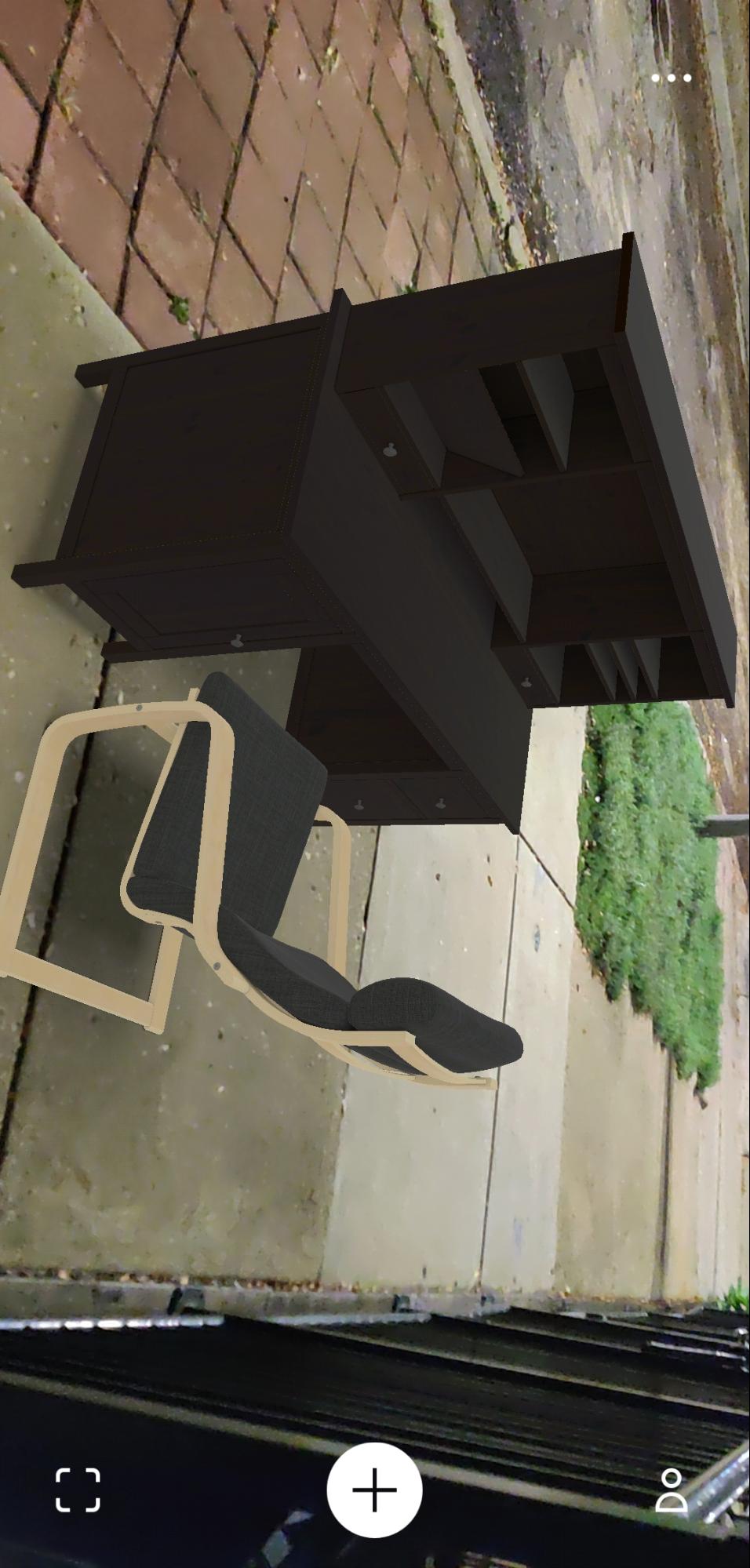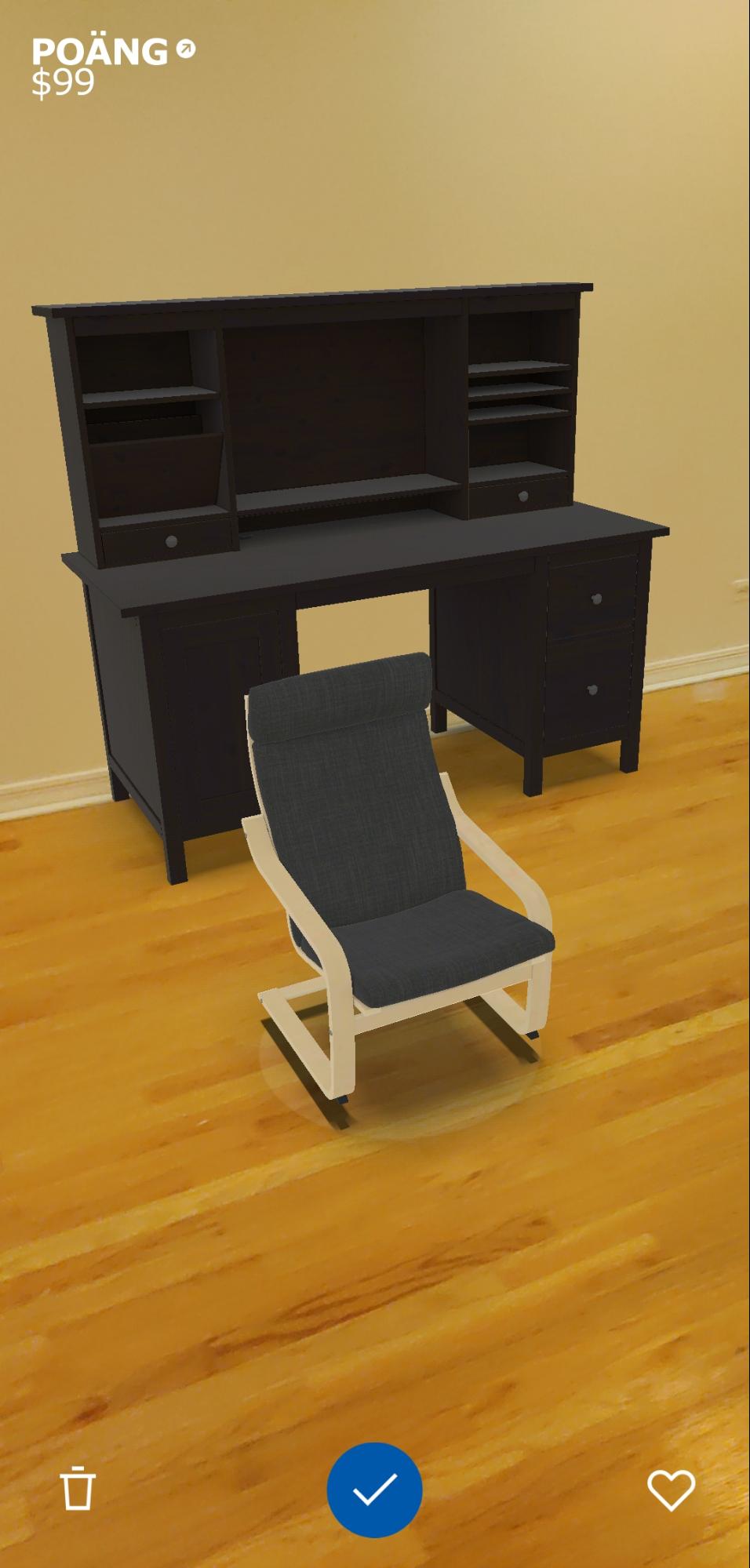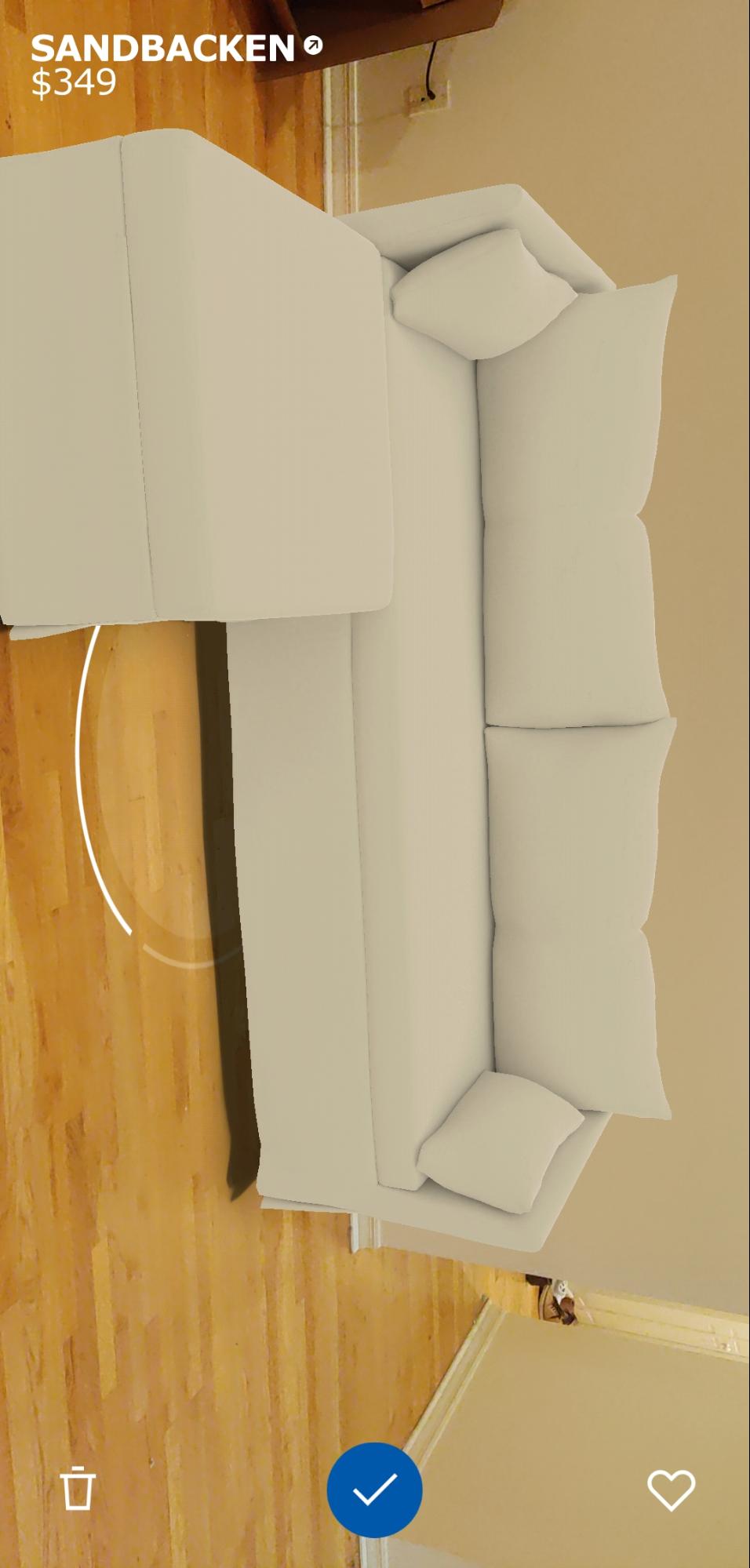Thoughts on AR for furniture augmentation
When the ecommerce industry boomed, it revolutionised how people buy things. People were now able to lookup a product online and order it home. But, this change of consumer behaviour was not observed in all industries at the same rate. Some industries like clothing and furniture sales were slower to experience this new mode of purchase. A majority of furniture sales to this day are from physical stores.
One possible reason for this is that it is hard for the buyer to judge a piece of furniture just by looking at it on their screen. Judging scale based on the images is a little tricky, and more importantly the cost of a wrong purchase is much higher than for smaller commodities, owing to the increased size and weight making transport costlier. To make matters worse, a lot of furniture often isn’t sold on a standardized scale. Users choose to visit stores to buy their furniture to prevent these hassles.
With the recent advances in AR, specifically the availability of competent AR kits for mobile platforms, retailers have tried to solve some of these problems by adding features that let the user augment any chosen furniture in their catalog onto their home. This lets users know if the size of the furniture is what they are looking for, and if it goes with its surroundings. Moreover, it makes the shopping experience fun for the user which is important for the retailer’s branding standpoint. It is really fun to setup your dream furniture in your home in an AR environment. It is much more likely that a user will buy furniture once they like how it looks in their home.
AR will also be helpful in complementary parts of a furniture shopping experience with capabilities such as being able to measure using our phones. In the future we may even have an AR augmentation of the furniture assembly to aid buyers during their furniture assembly process. We could also take the lighting of the room into account to make the augmentation more natural.
I believe this is one of the best examples of AR being used today for a functional purpose. This could be extended into other domains such as interior decoration, where it is easier to load and augment interior decoration pieces on a room than model it a virtual room. It could work for selling several other ecommerce products which depend on the user to see the product to judge it’s scale. Other industries which could benifit from a similar solution are the fashion industry, and the art industry. An AR augmented manequin is a huge boost to existing options. What if we could save our body size on the system and look at the fits digitally in AR? The eyeglasses industry can also use similar features to show how a pair of glasses could fit onto our avatar. The facescan technology on apple devices used for "animoji" could be extended to create this functionality.
As we stand today, we are still at the beginning of what this technology can solve. We still depend on our phones as a primary display device for the augmented content. But as we move forward, ecommerce application will be one of the biggest “killer app”. Several ecommerce companies like amazon are already working on AR related features for their products.
Testing the AR features on the IKEA app
- Ar augmentation outside
- AR augmentation indoors
